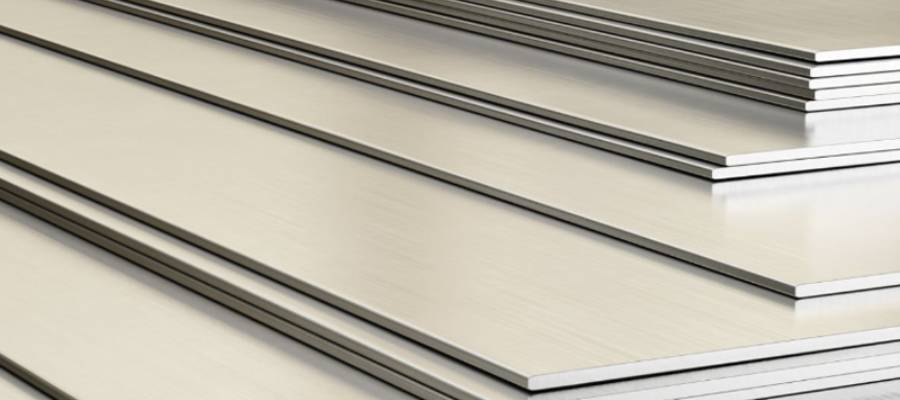Steel Sheet Gauge Thickness Explained: The Complete Guide
Steel sheets are one of the most widely used materials in construction, manufacturing, automotive, and household applications. When purchasing or working with steel sheets, one of the most important factors to understand is steel sheet gauge thickness. Knowing how gauge relates to actual thickness will help you choose the right material for strength, durability, and cost-effectiveness.
What Is Steel Sheet Gauge Thickness?
The term gauge refers to the standard measurement of the thickness of a steel sheet. Instead of directly using millimeters or inches, gauge numbers are often used in the steel industry. The smaller the gauge number, the thicker the steel sheet. For example, a 10-gauge steel sheet is much thicker and stronger than a 22-gauge steel sheet.
Since different countries and industries may use different standards (such as ASTM, JIS, or EN), it is important to check a reliable steel sheet thickness chart to confirm the exact millimeter or inch measurement.
Steel Sheet Thickness Chart
Below is a general reference chart for steel sheet gauge thickness in both millimeters (mm) and inches
| Gauge | Thickness (mm) | Thickness (inches) |
|---|---|---|
| 10 | 3.42 mm | 0.1345 in |
| 12 | 2.78 mm | 0.1094 in |
| 14 | 1.90 mm | 0.0747 in |
| 16 | 1.52 mm | 0.0598 in |
| 18 | 1.21 mm | 0.0478 in |
| 20 | 0.91 mm | 0.0359 in |
| 22 | 0.76 mm | 0.0299 in |
| 24 | 0.61 mm | 0.0239 in |
| 26 | 0.45 mm | 0.0179 in |
Note: Actual thickness may vary slightly depending on material type and manufacturing standards.
Applications of Different Steel Sheet Gauge Thickness
Different projects require different levels of strength, weight, and flexibility. Here are some common applications for steel sheet thicknesses:
Heavy Gauge Steel Sheets (10–14 gauge / 1.9–3.4 mm):
Structural components in buildings
Heavy machinery and equipment
Truck and trailer frames
Medium Gauge Steel Sheets (16–20 gauge / 0.9–1.5 mm):
Automotive body panels
Roofing sheets and cladding
Industrial enclosures and cabinets
Light Gauge Steel Sheets (22–26 gauge / 0.45–0.8 mm):
HVAC ducting
Household appliances (refrigerators, washing machines)
Decorative panels and furniture
By selecting the right steel sheet gauge thickness, you can ensure your project has the proper balance between strength, weight, and cost.
Why Understanding Steel Sheet Gauge Thickness Matters
Cost Efficiency: Thicker sheets cost more, but may reduce material usage in structural applications.
Durability: Correct gauge ensures resistance against bending, impact, and corrosion.
Precision in Fabrication: Choosing the right gauge prevents welding, bending, or cutting issues.
Understanding steel sheet gauge thickness is essential for making the right material choice. With the help of a steel sheet thickness chart, you can easily convert gauge numbers into millimeters or inches and select the best option for your specific application.
Whether you are sourcing steel for construction, roofing, automotive, or industrial use, Shineyond Group provides high-quality steel sheets in a wide range of gauges to meet your needs.
RELATED INFORMATION
Brand Number Analysis of Color Coated Steel Coil
2025-04-05
Hot-Rolled Coil Market Dynamics: Balancing Strong Supply with Global Demand
2025-04-05
Understanding Checkered Steel Coil/Plate: A Versatile Solution for Construction and Design
2025-04-05








